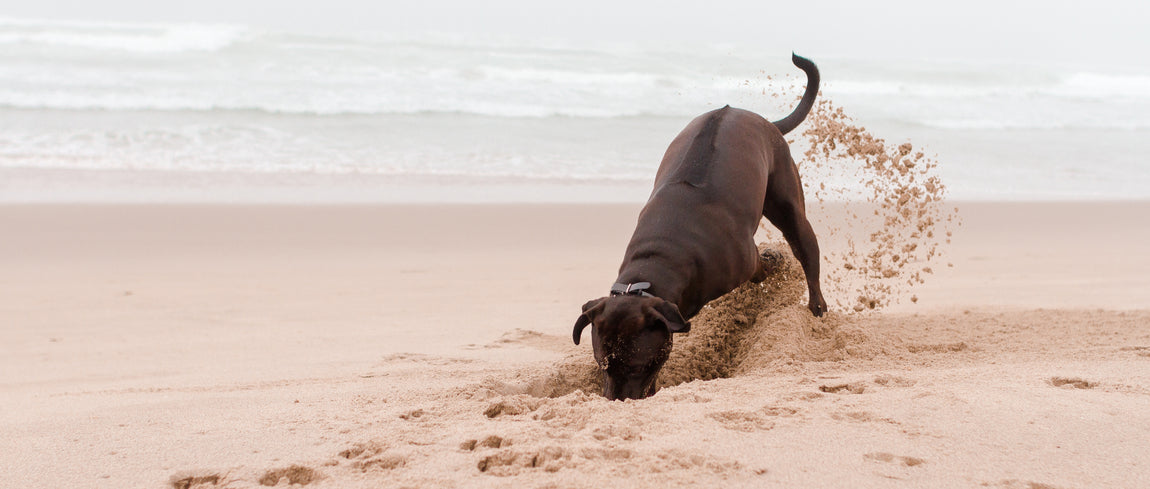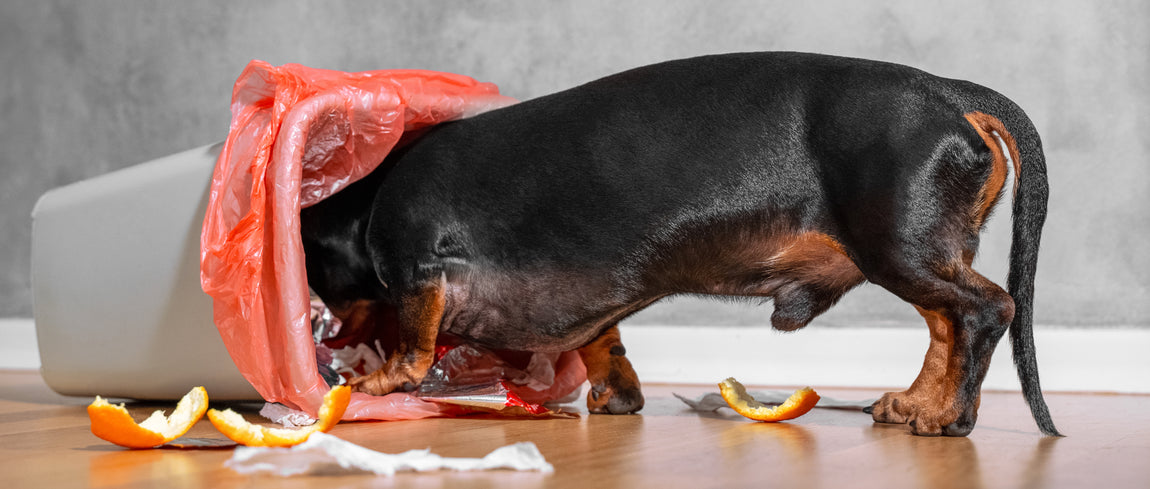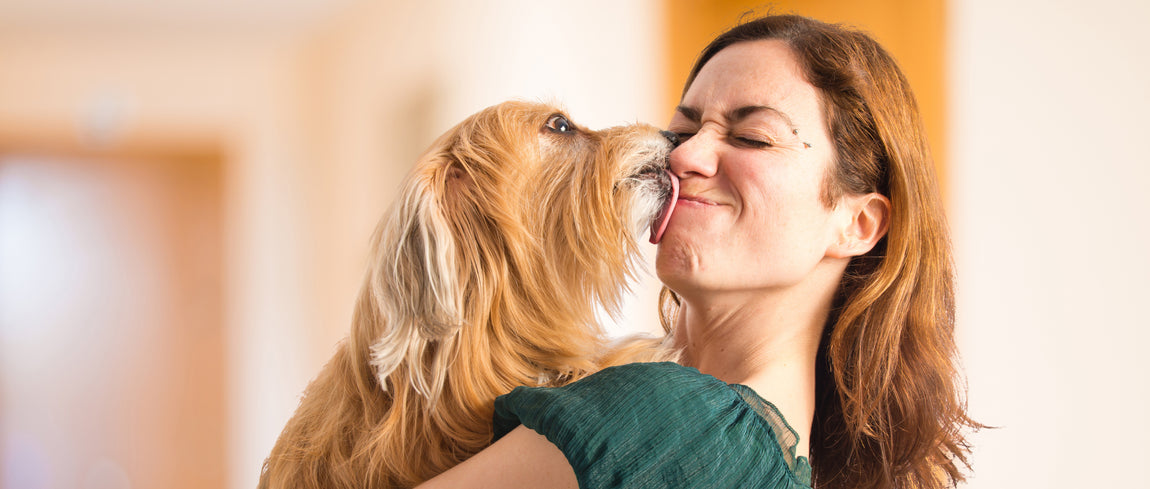What is Enrichment?
You might have come across this term (or ‘canine enrichment’) as a new pet parent, but it's important to recognize that enrichment goes beyond simply filling toys with peanut butter or spreading yogurt on mats. Canine enrichment involves strategically modifying a dog's environment to allow them to express natural behaviors and fulfill its needs.
Canine enrichment encompasses various categories, including physical, occupational, sensory, social, and nutritional. However, it's common for enrichment activities to overlap multiple categories. Let's take the example of using a snuffle mat for your dog's mealtime. This not only provides nutritional enrichment but also satisfies your dog's occupational and sensory needs as it gives them a job to do and enables them to use their incredible sense of smell to forage for food.

Why is Enrichment Important?
From a biological perspective, enrichment triggers a surge in dopamine and serotonin levels, promoting both physical and mental well-being in dogs. Behaviorally, a lack of adequate enrichment can lead to consistent behavioral problems. Surprisingly, many behavioral issues observed in dogs at home stem from them displaying normal dog behaviors. This is where the concept of "allowable misbehavior" comes into play. By identifying these behaviors and redirecting them through enrichment, you can help your dog channel its natural instincts in a positive way.
Consider the scenario of a dog habitually rummaging through the trash. Instead of viewing this as a problematic behavior, recognize it as foraging, an innate canine behavior. This presents an ideal opportunity to introduce foraging enrichment games, such as using a snuffle mat, a Kong wobbler, or even the Companion system!

Incorporating enrichment into your dog's daily routine is essential. It serves as a source of mental stimulation, particularly during times when you need a moment of tranquility while ensuring your dog experiences a dopamine release. Enrichment activities can be particularly beneficial when you have to leave the house, as this can be at best a boring period of time, and at worst a period of stress or loneliness for your dog. Long-lasting food toys, like frozen Kongs filled with dog-safe goodies such as peanut butter or yogurt (without xylitol), can provide hours of engagement and mental stimulation.
What Enrichment Does Your Dog Need?
It's worth noting that the type of enrichment your dog finds most engaging can vary depending on their breed. Occupational enrichment is a critical piece to ensuring your dog’s fulfillment. Hunting breeds, such as hounds, pointers, and retrievers, find great satisfaction in using their powerful noses to search for food. A snuffle mat, tailored to their instinctive foraging desires, can provide an intense dopamine boost. On the other hand, herding breeds, like collies and shepherds, may prefer occupational enrichment, relishing in the process of solving complex food puzzles rather than the actual consumption of food.
Enter Companion, your dog's ever-present playmate equipped with advanced enrichment capabilities. When you bring home Companion, your dog gains access to four out of five enrichment types.
Physical Enrichment
During a Companion session, your dog gets on average 15 minutes of activity while eagerly chasing treats in various directions. (Imagine the fitness benefits!)
Occupational Enrichment
Companion adjusts its enrichment games as your dog problem-solves, providing a dynamic and engaging experience.
Sensory Enrichment
To fully engage your dog, Companion employs lights and sounds, as well as launches treats that your dog sniffs out as they bounce across the floor.
Nutritional Enrichment
Thanks to Companion's sophisticated treat launcher, your dog is kept on their paws, independently sniffing out and retrieving launched treats. Or for those dogs that need even more hours of enrichment each day, swap treats for kibble from their meals. It's foraging fun at its finest!
